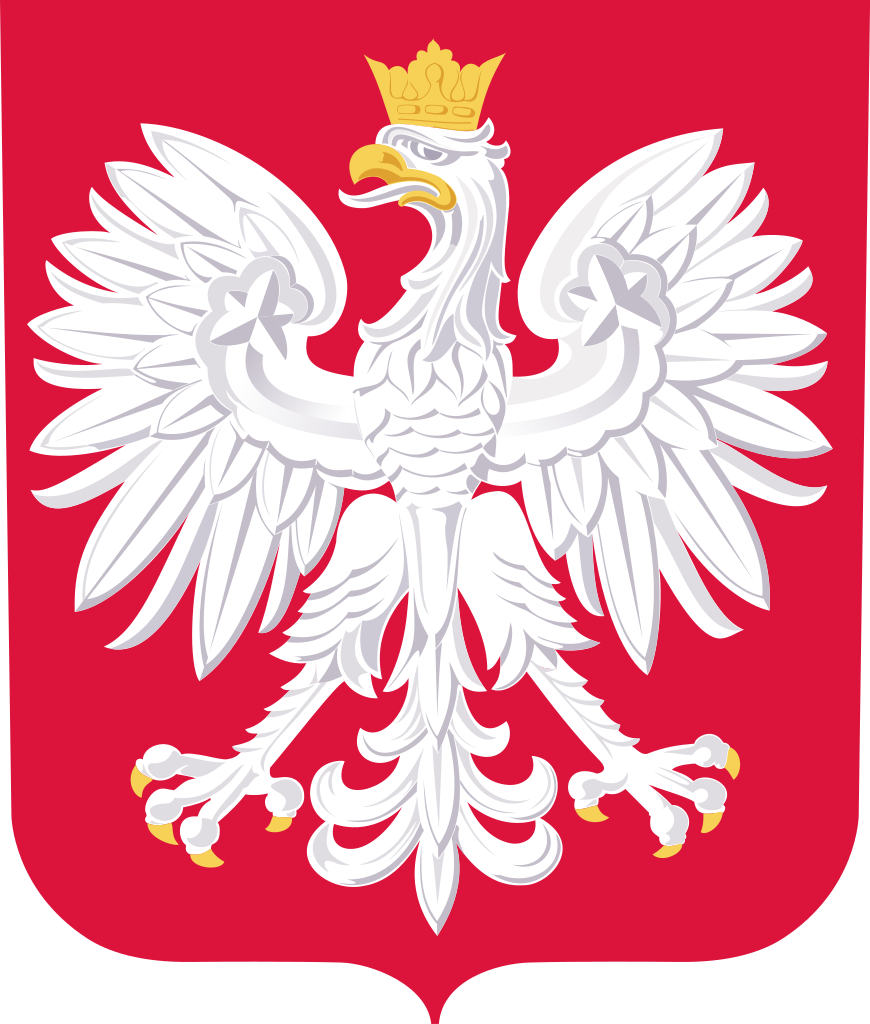Uprzejmie informujemy, że 7 listopada 2023 r. uruchomiono nabór w kolejnych konkursach międzynarodowych w ramach partnerstwa European High Performance Computing Joint Undertaking (EuroHPC).
Głównym celem tych konkursów jest (i) opracowanie innowacyjnych, energooszczędnych technologii oprogramowania HPC dostosowanych do superkomputerów eksaskalowych i posteksaskalowych oraz (ii) ustanowienie dwóch europejskich centrów doskonałości kwantowej w zastosowaniach obejmujących naukę i przemysł, które utworzą punkt kompleksowej obsługi dla przemysłu, środowiska akademickiego i szerszej społeczności użytkowników technologii kwantowej.
Konkursy te są częścią szerszej strategii EuroHPC zajmującej się szkoleniami i umiejętnościami w celu rozwijania talentów dla światowej klasy ekosystemu superkomputerowego w Europie.
Wnioskodawcą po stronie polskiej może być:
- Organizacje badawcze
- Mikro/małe/średnie/duże przedsiębiorstwa
- Grupy podmiotów
Zakres tematyczny:
Project proposals will address multidisciplinary and translational research. The applications must cover at least one of the following nanomedicine areas that are of equal relevance for this call:
- Regenerative medicine
- Diagnostics
- Nanotherapy
Proposals may include, but are not limited to the identification, characterisation and validation of biomarkers, early diagnosis, convergence of nanotechnology and stem cell technology, cell biology applied to nanomedicine, multimodal imaging agents or techniques, point of care diagnostics (on site sensors), standardised procedures for preparation & characterisation of drug delivery systems, green production processes for nanomedical products, nanoparticles for hyperthermia, regenerative, gene or cell therapies using nanotechnology. Pre-clinical and clinical studies are eligible subject to national/regional regulations.
In order to use nanomedicines/nanodevices in clinical practice, additional advances and further understanding are, therefore, still needed and achievable. The aim of the call is to advance nanomedicine toward any translational focus with anticipated impact relative to the risk and investment. The call also invites applications that focus on improving outcomes e.g. improve the current drug development process, consistency and reproducibility studies, studies such as safety surveillance, studies to support use in special populations.
For a better understanding of the objectives and a more efficient evaluation, applicants are asked to specify in which of the two categories described below the project falls, according to its Technology Readiness Levels (TRL), i.e. its degree of innovation and expected time to market:
- Innovation applied research projects: Proof of concept projects for innovative applications with analytical/experimental research and/or implementation and integration of components and test in laboratory and/or animal models. Safety and nanotoxicity should be taken into account when relevant. The viability of a path that may lead the experimental and/or analytical results (for TRL 3) and/or demonstrators (for TRL 4) to a future application at medium/long term shall also be demonstrated.
- Projects with high potential of applicability at short/medium term: Projects closer to the market for the validation of demonstrators and prototypes in a realistic laboratory (for TRL 5) and/or relevant simulated operational field environment (for TRL-6). The viability of a path that may lead the validated systems and results to real products shall be demonstrated. Industrial engagement is crucial in this type of projects. Medical regulatory aspects have to be properly considered.
At the end, projects should fall within, but are not limited to, TRL 3-6, although for being realistic and coherent with the characteristics of the call, projects should propose advancements for a maximum of two TRL levels during their lifetime. TRL level must be understood as the level achieved by the end of the three-year-project. Industry engagement should be appropriate for the TRL range being investigated.
Beyond the research topics the following points should be taken into account, including approaches to responsible research and innovation:
- Proposals must clearly demonstrate the potential health and/or economic impact(s) as well as the added-value of transnational collaboration: sharing of expertise and resources (models, databases…), harmonization of data, access to innovative technologies, etc.
- Proposals should clearly promote translational research and demonstrate the benefit of working together and the unique contribution of each partner.
- Studies of other KET is possible only if they are used in complement or in combination with nanotechnologies.
- Where relevant, cellular, 3D and patients’ models should be preferred to animal models. The use of animal models must be justified2. In the framework of this call small-scale clinical studies (up to phase 2), in vitro (e.g. human cells) and in silico (e.g. bioinformatics) are allowed.
- Applicants should make use of existing biobanks and existing cohorts, if applicable. Otherwise, it should be explained why existing biobanks/ cohorts are not used.
- Except for small-scale clinical studies up to phase 2. All other clinical studies are excluded in this call.
- The involvement of relevant stakeholders (e.g. patient organisations) in the project, application of (bedside to bench to bedside approach is strongly recommended from the conception stage to the implementation and the dissemination. End-users can participate as partners (if eligible for funding by a national/regional funding organisation), as collaborators (participation with own budget) or as part of an or as advisory board.
- Applicants should consider potential moderators of effects such as age, sex, gender and ethnic or other demographic features/differences in the respective research approaches.
- The use of approaches from precision medicine and personalized medicine are encouraged.
- The consortia are encouraged to consider the gender balance in the composition of the consortia and to balance the responsibilities between genders.
- Early Career Scientists (Master, PhD and post-docs) are encouraged to participate in the consortium.
Na dofinansowanie udziału polskich podmiotów w projektach wyłonionych w ramach konkursu NCBR przeznaczyło budżet w wysokości 1 250 000 euro.
Harmonogram konkursu:
- Rozpoczęcie naboru wniosków wstępnych: 21 listopada 2023 r.
- Zakończenie naboru wniosków wstępnych: 30 stycznia 2024 r.
- Rozpoczęcie naboru wniosków pełnych: 23 kwietnia 2024 r.
- Zakończenie naboru wniosków pełnych: 13 czerwca 2024 r. (16:00, CET)
- Wyniki konkursu i publikacja listy rankingowej: listopad/grudzień 2024 r.
Szczegółowe informacje dostępne są na stronie: https://www.gov.pl/web/ncbr/era4health-konkurs-NanoTecMec-2025

